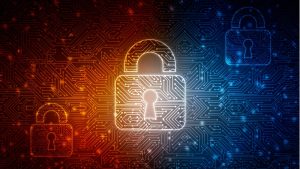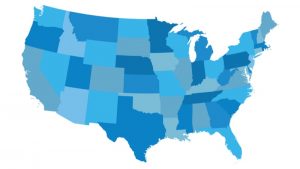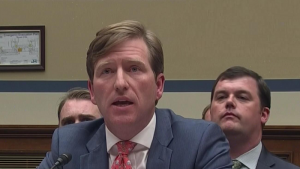Bob Kolasky, director of the Department of Homeland Security’s (DHS) recently created National Risk Management Center (NRMC), said today that DHS is taking action this month to boost the level of communication and data exchange among state and local election officials in the run-up to the U.S. midterm elections in November.
The National Association of State Chief Information Officers (NASCIO) today released the finalists for its State IT Recognition Awards that recognize “outstanding information technology achievements in state government” in 10 categories, according to a NASCIO release.
Email authentication technologies provider Valimail said today it will provide its email anti-fraud service free of charge to state boards of election, voting system vendors, and major-party U.S. election campaigns.
The Department of Homeland Security (DHS), the Federal Bureau of Investigation (FBI), Facebook, and Microsoft hosted a joint briefing on Friday, Aug. 24, for the National Association of Secretaries of State (NASS) and the National Association of State Election Directors (NASED) regarding “actions being taken to combat malicious interference operations.”
The National Association of State Chief Information Officers (NASCIO) previewed the results of its biannual state CISO survey during a webinar on Tuesday, revealing the continued growth of cybersecurity staff among the states, and continuing resource challenges.
Research firm Gartner has released its 2018 Hype Cycle for Emerging Technologies report, which found technologies like artificial intelligence platform as a service, blockchain for data security, and quantum computing reaching the peak of inflated expectations, while technologies such as mixed reality and blockchain were on the downswing of excitement.
A new report from The Century Foundation, a progressive think-tank, urges state law enforcement officials to take action on data privacy regulations in the absence of any substantial movement in that direction by the Federal government.
The Secure Elections Act, S. 2593, which is expected to be marked up by the Senate Rules Committee later this month, has been freshly amended to require states to have a cyber response and communication plan in place as a precondition to receiving Federal grants to support election security and election technology modernization.
The Department of Homeland Security on Aug. 13-15 hosted “Tabletop the Vote 2018: DHS’ National Election Cyber Exercise,” inviting vendors and Federal, state and local election officials to participate in election security preparation. The three-day event offered a scenario based on real-world events and risks.
The Department of Homeland Security (DHS) on Monday convened a conference call with the National Association of Secretaries of State (NASS) and the National Association of State Election Directors (NASED) regarding cybersecurity and ongoing threats to the 2018 midterm elections.










